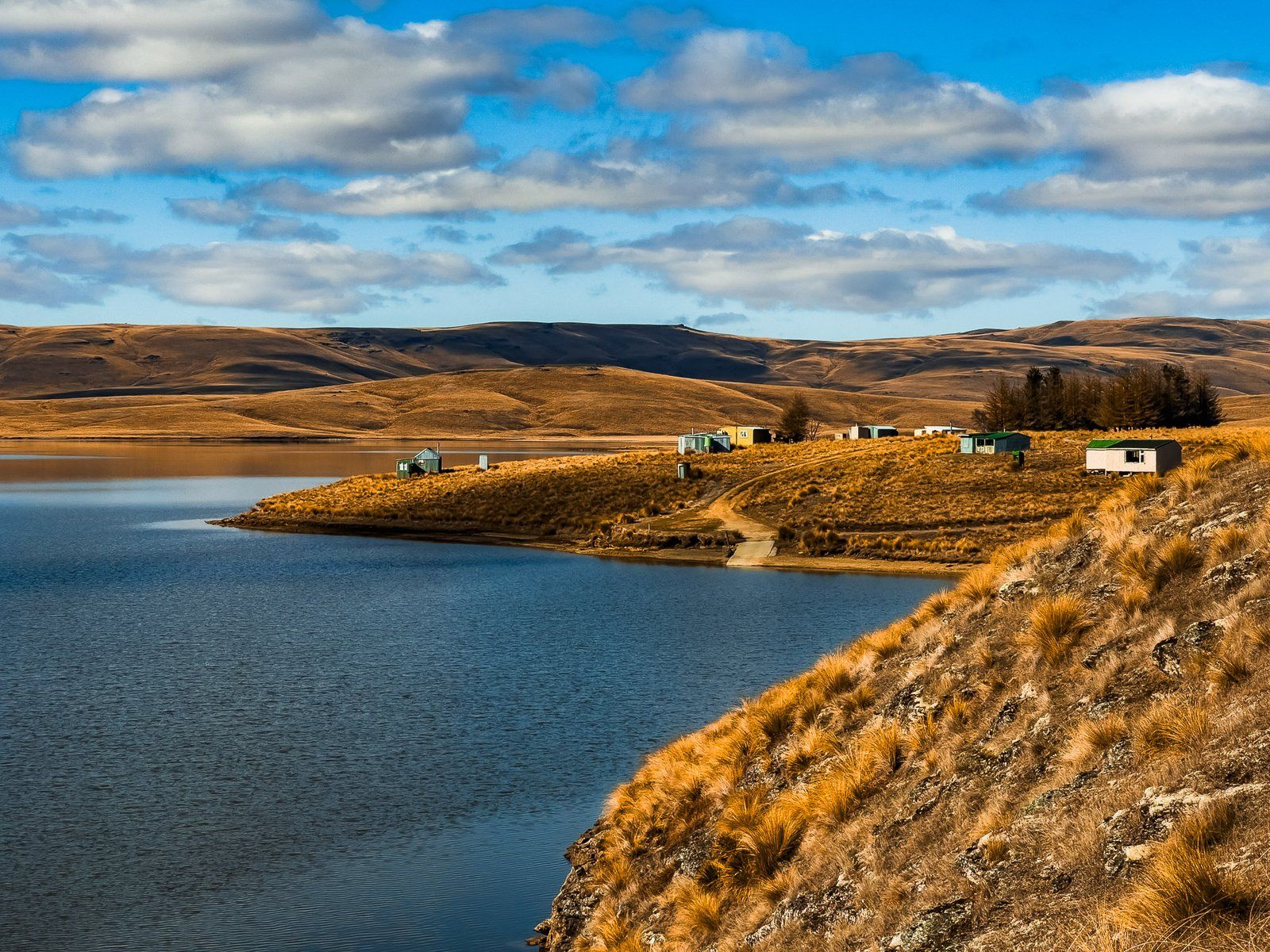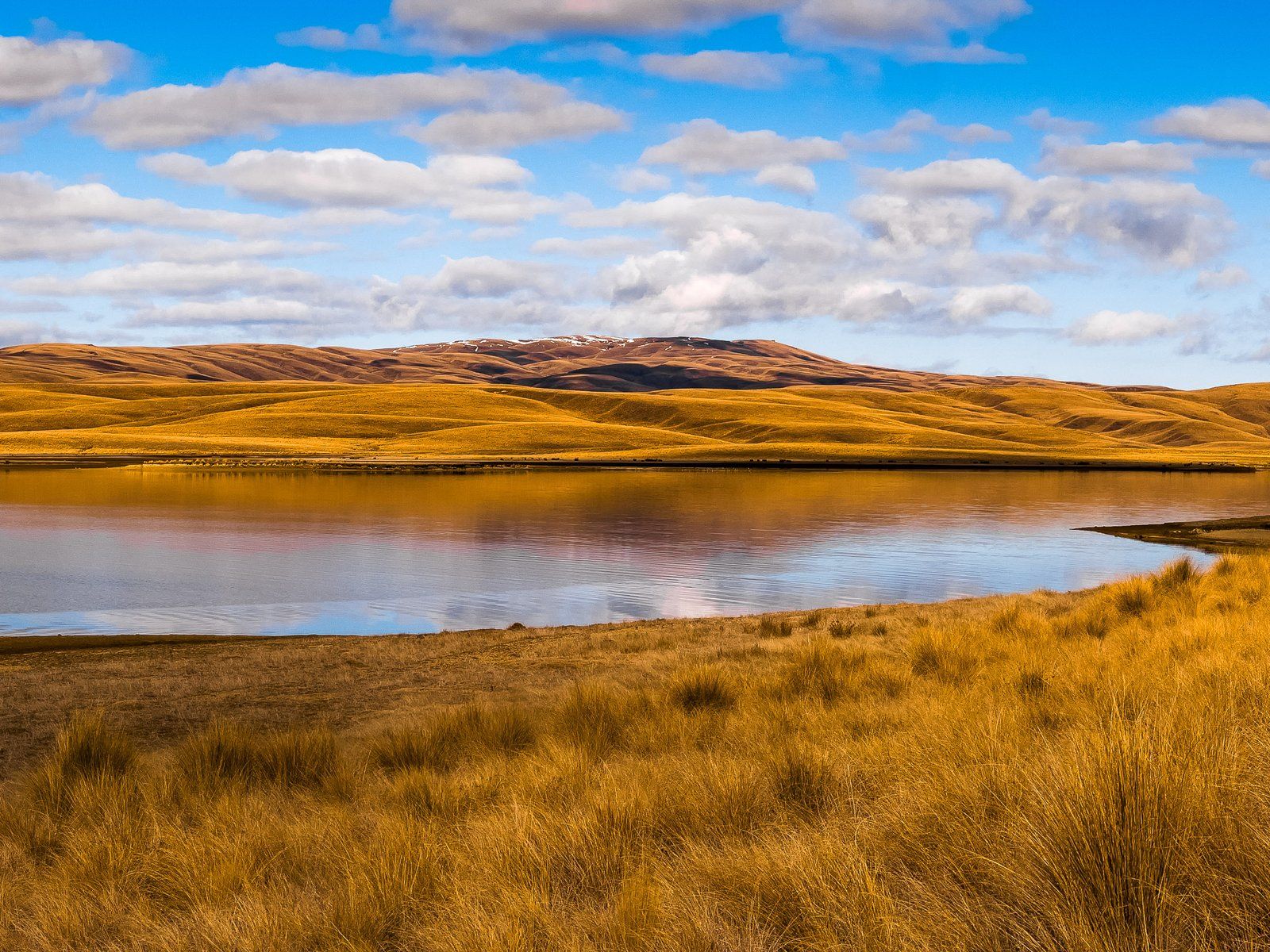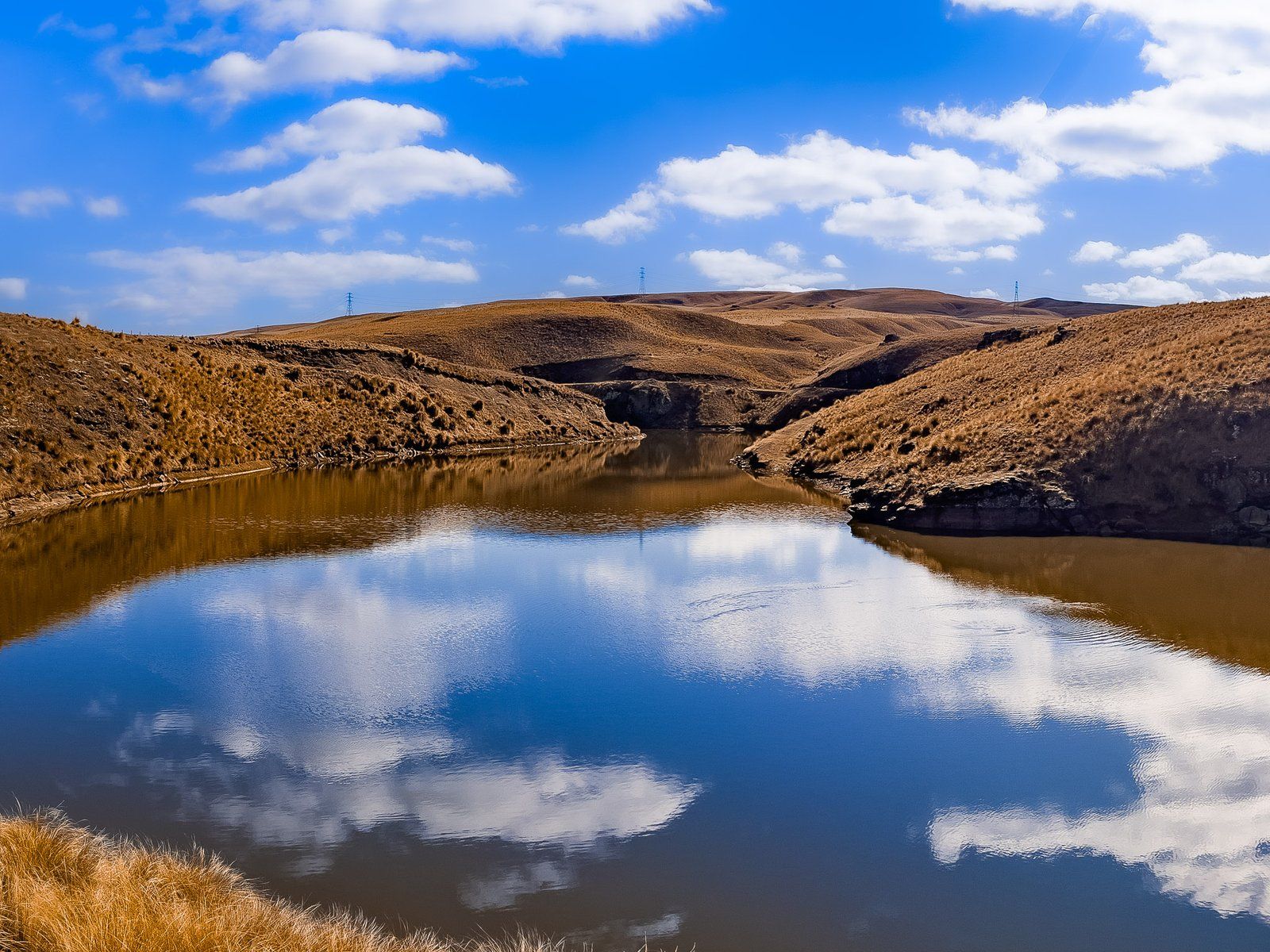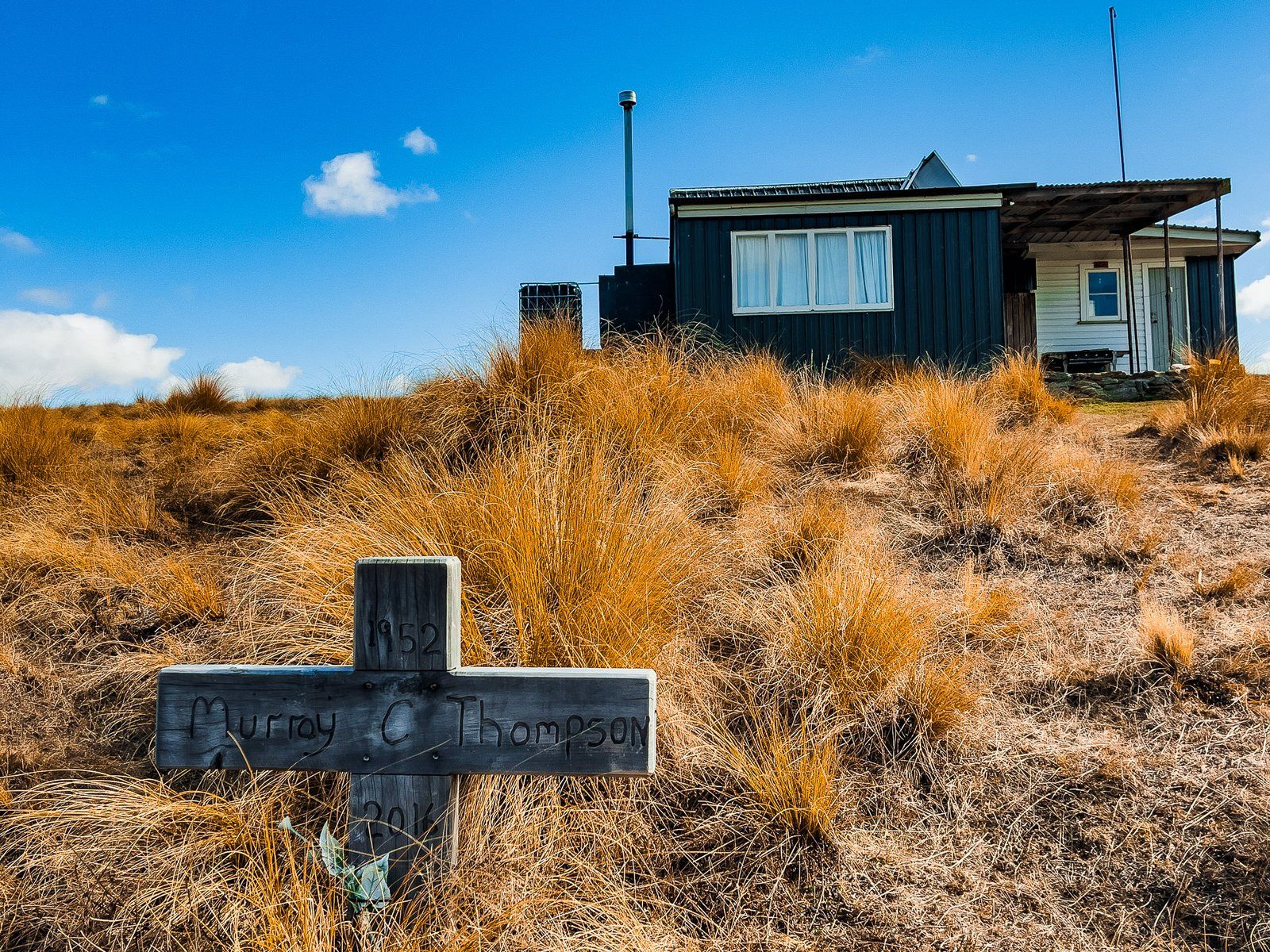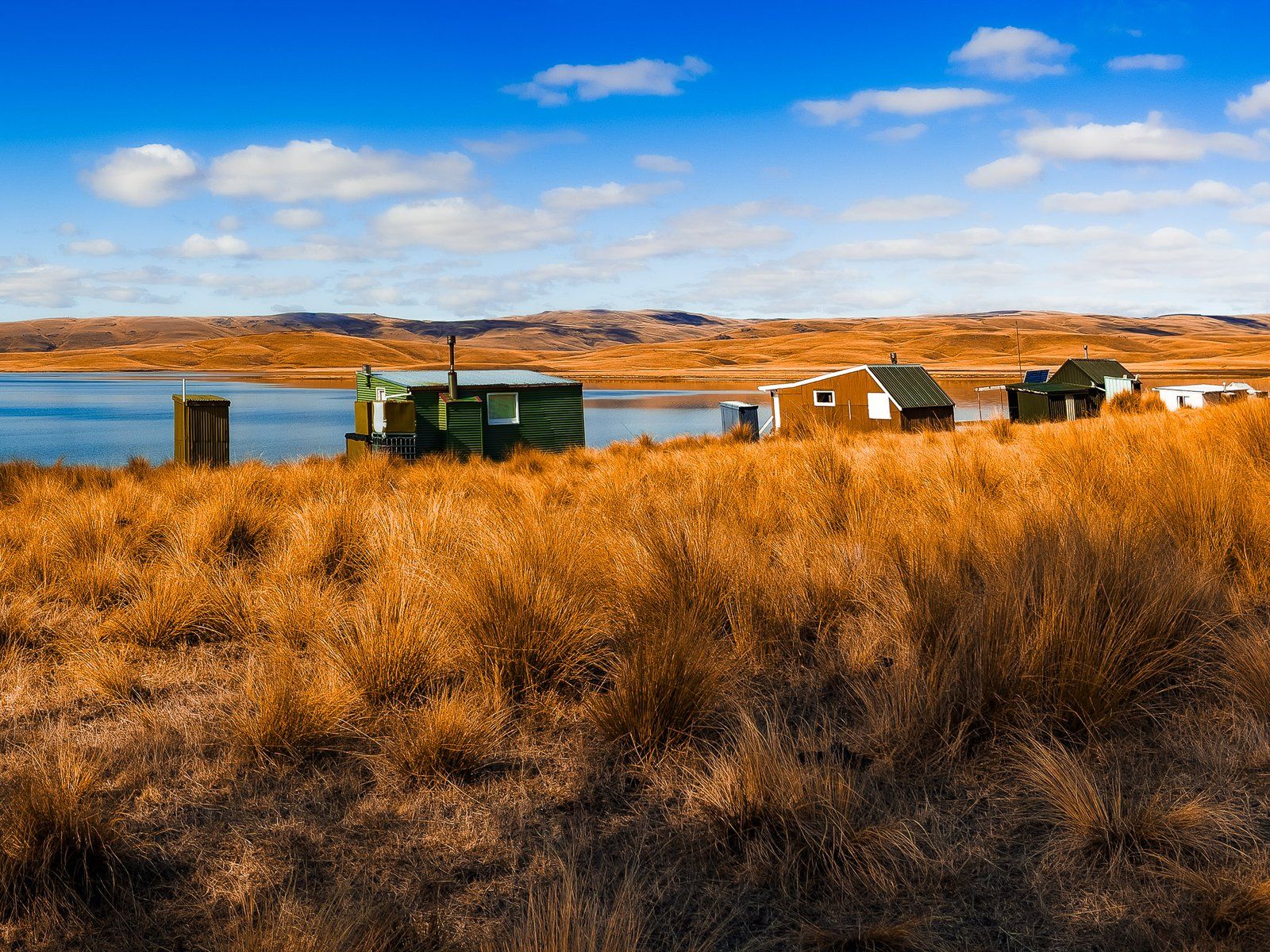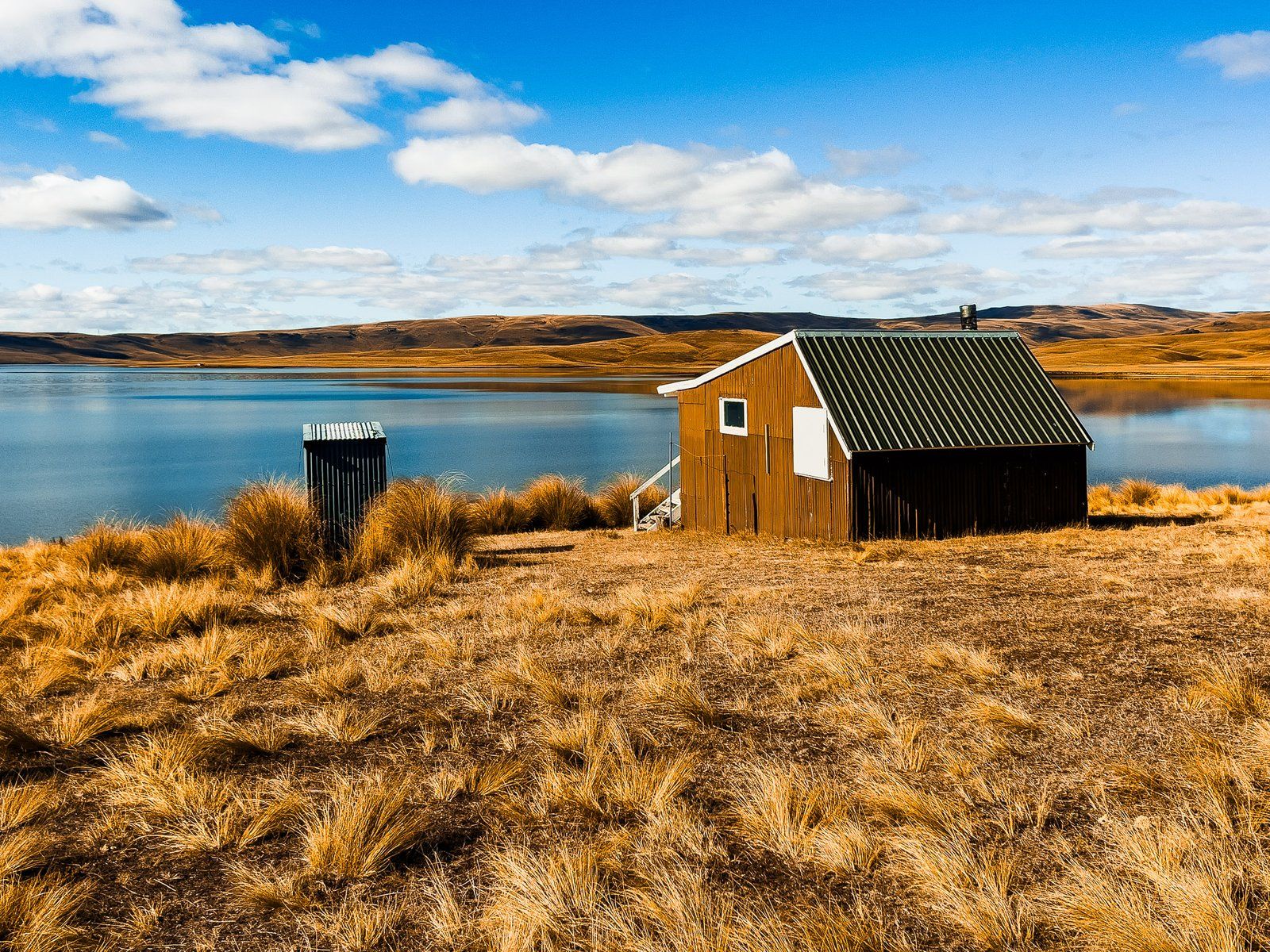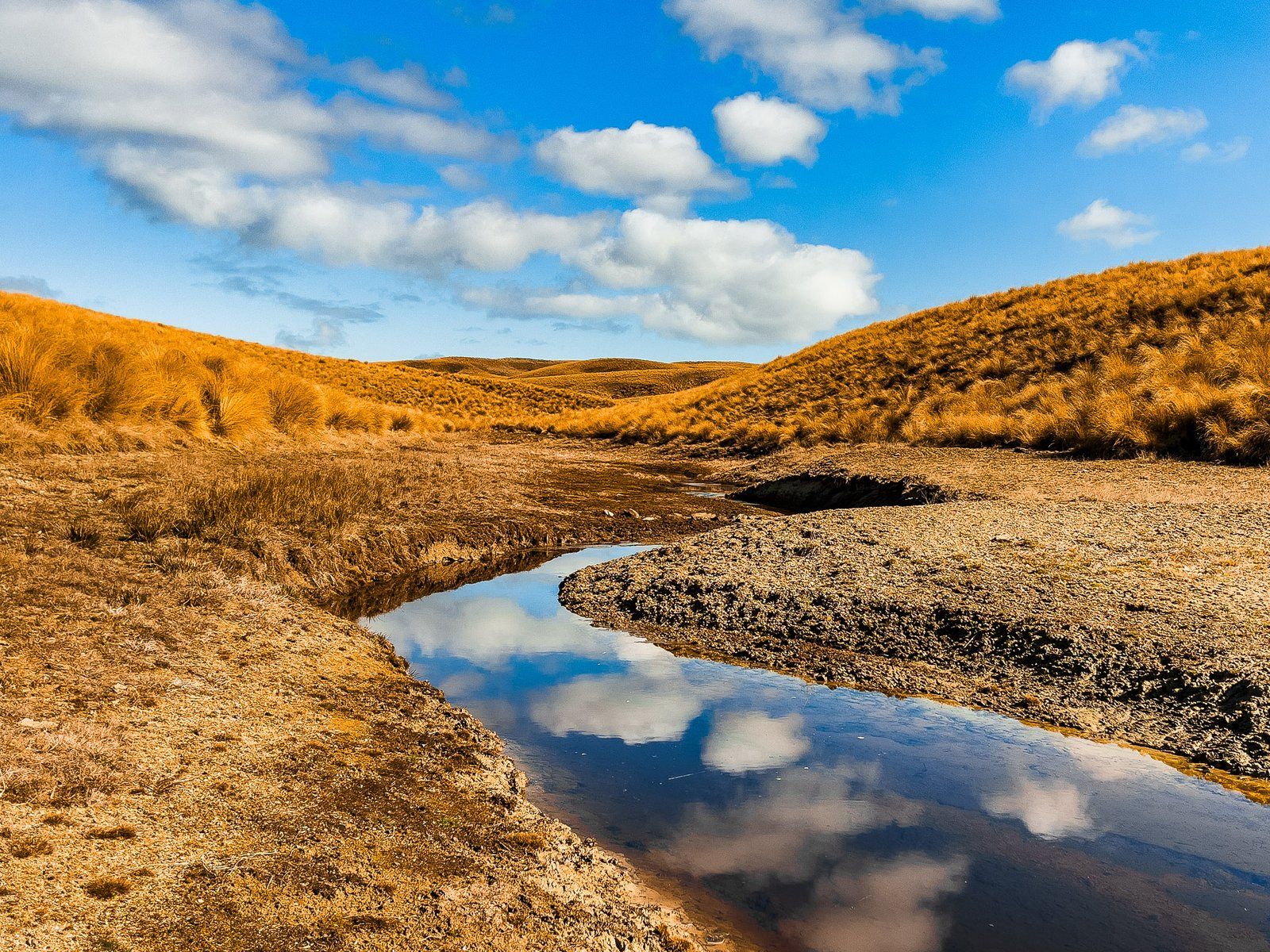Lake Onslow is a remote lake in Central Otago. It’s 700 metres above sea level in the rolling highlands between the Lammerlaw and Knobby Ranges to the west and the Rock and Pillar Range to the east. Like the other accessible highland reservoirs, visiting Lake Onslow combines big skies and a rugged drive. You’ll pass through large stations and farms into high, dry golden tussock land. On a fine day, it promises an idyllic lakeside location with disturbances unlikely. Onslow is also known for its quaint fishing cribs, each with its long-drop outhouse, around the west side road access. It is reputed to be a leading trout fishery in Central Otago with year-round fishing.
Like other large bodies of water in these highlands, it was man-made, with a dam established in 1890. It was named after Lord Onslow, Governor General of NZ from 1889 to 1892. Before this, the area of the lake was a large swamp known as the Dismal Swamp. In 1982, it was raised by five metres with the construction of a dam. It is about 830 hectares and is one of the largest highland reservoirs.
The lake irrigates the farms and stations on the slopes of the surrounding ranges and supports a modest hydroelectric scheme. The Teviot River runs west from the lake to the Clutha River at Roxburgh, with several hydropower generation locations. It has also had a lot of publicity over the past few years with a $15 billion proposal to use it as a hydro “battery” to support other Otago hydro schemes. This is unlikely, and the iconic cribs and remnants of the Dismal Swamp probably have a few more decades left.
The easiest access is a 22 km drive from Millers Flat via Tima Burn Road to Lake Onslow Road. Note that Lake Onslow Road is poorly maintained and prone to mud and heavy rutting when wet. A 4WD is the best option, or try your luck in a standard car, which is only recommended in dry conditions.
